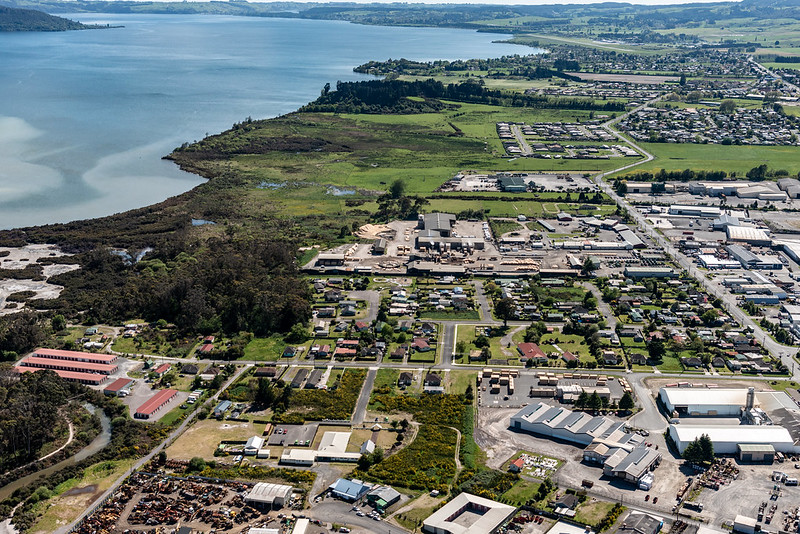Submission on Natural and Built Environment Bill and Spatial Planning Bill

Flickr, BOPRC
The reforms proposed by the Natural and Built Environment Bill and the Spatial Planning Bill amount to a far-reaching reorganisation of environmental management in New Zealand.
The Commissioner’s submission concentrates on the major structural elements of the proposed reform together with some attention to key clauses.
At the highest level the proposed reforms:
- significantly strengthen the power of central government to lead and direct environmental regulation through an integrated national planning framework rather than a collection of ad hoc policies and environmental standards
- require the setting of environmental limits
- require the development of regional spatial strategies to support the coherent development of infrastructure and urban expansion
- hand responsibility for environmental regulation and regional spatial strategies to unelected regional planning committees
- require everyone exercising powers under these Acts to do so in a way that promotes a wide range of social, economic and environmental outcomes.
The Commissioner believes the first three objectives have considerable merit.
The attempt to weld a wide range of unprioritised outcomes into what is supposed to be the basis for environmental law in New Zealand unwise. This framing inevitably invites a debate over how these outcomes should be balanced, setting protective ‘green’ outcomes and outcomes which place a stronger emphasis on housing, infrastructure and development in opposition to one another.
One of the biggest problems is the locus of accountability proposed and the sequence in which regulatory provisions are developed.
Where land use change and infrastructural development takes place should still be subject to the health and assimilative capacity of the natural environment. The way we live in and use our environment’s resources should run with the grain of the landscape and the environmental services that the natural environment provides, not against it.
The Commissioner’s fundamental concern is to ask if the environmental interest is advanced by these two bills. The reforms represented by the bills seem to be rooted in the premise that failure to achieve better environmental and planning outcomes under the RMA is the result of legal deficiencies in that statute – deficiencies that can be rectified by passing new laws. While some strengthening of the law is needed, his conclusion is that the main barriers to better environmental outcomes aren’t legal ones.
Changing the law alone will not necessarily improve the state of the environment. To do that requires the marshalling of expertise and financial resources, and placing regulatory powers in the hands of those best placed to exercise them. Social, economic and cultural objectives rely on the natural environment so they must be pursued subject to the natural environment’s limits and carrying capacity. The proposed reforms do not succeed in doing that.
Even if the Bills are substantively amended, he questions whether they can deliver an enduring framework. As they stand, they substitute the uncertainty of new law with novel definitions and complex ambitions for the relative certainty of amending the existing legislation. They propose uneasy accountabilities. Significant reform could equally be achieved through comprehensive amendment of the Resource Management Act 1991 (RMA).
Either way, much work remains to be done. The time needs to be taken to do that work. Otherwise, it will be left to the courts to determine what this legislation means and to Parliament to make running repairs as it was so frequently called to do with the RMA.

